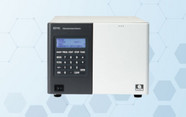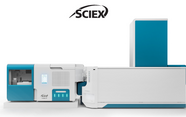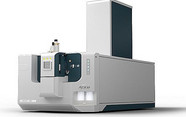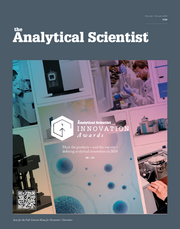Fast Pesticide Residue Analysis in Food with a New Benchtop GC-TOFMS: Pegasus® BT

contributed by Leco |
Introduction
Sample throughput including data processing is an important factor to consider when performing routine analyses. In this application note we used the speed and power of TOFMS to shorten the runtime of a standard pesticide residue analysis by using a 15 m column instead of a standard 30 m column without loss of analytical performance. The Restek EZGC Method Translator suggested parameters for the 15 m column which significantly shortened the analysis time when coupled with version 5.0 of LECO's ChromaTOF® brand software to perform concurrent qualitative and quantitative analysis. One objective was to maximize throughput without introducing a significant number of additional chromatographic coelutions not separable by deconvolution. The goal was for the same number of spiked pesticides to be detected under both analytical methods. LECO's proprietary deconvolution algorithm, embodied as NonTarget Deconvolution™, was leveraged to maintain exceptional peak fidelity of the qualitative analysis, while the Target Analyte Find feature was utilized for robust quantitation and to establish method detection limits for organonitrogen pesticides spiked in QuEChERS strawberry extracts.
Log in or register to read this article in full and gain access to The Analytical Scientist’s entire content archive. It’s FREE!

















